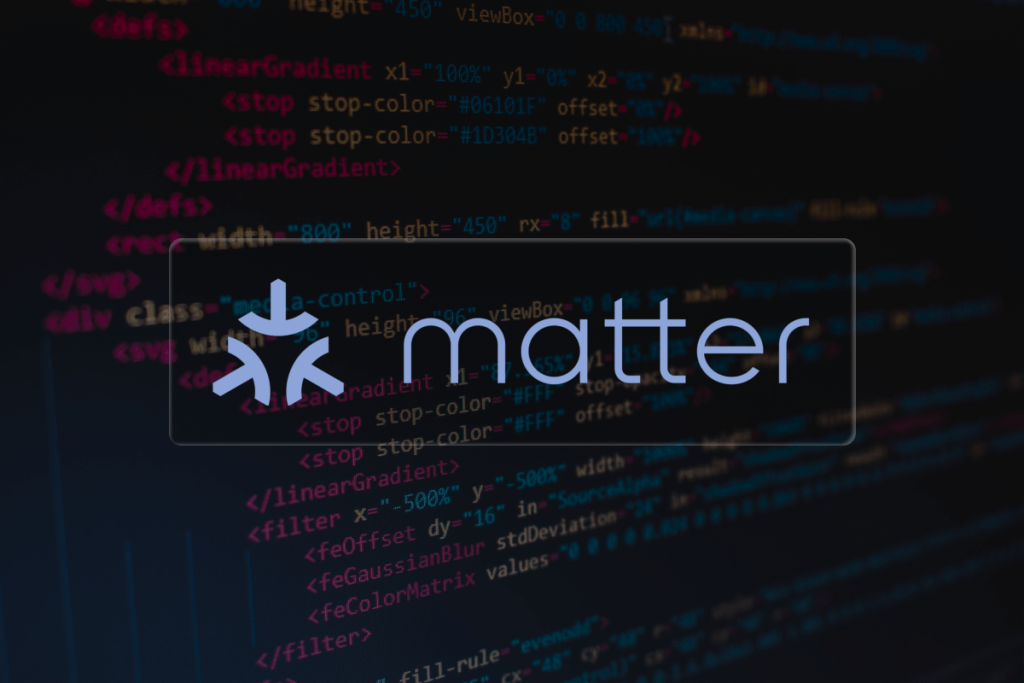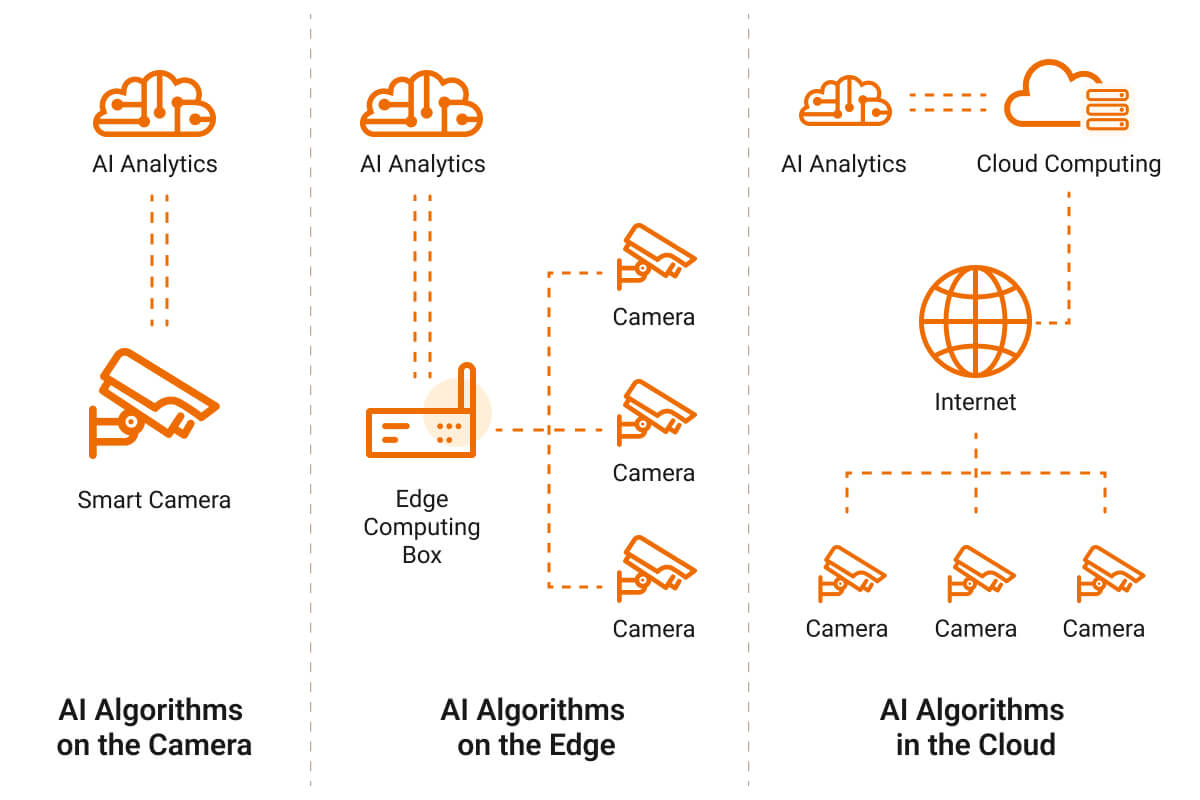IoT-based smart home paradigm is experiencing unquestionable success. This can be proved by a number of data points seen in several smart home industry reports, such as this one from MarketandMarket: global smart home market is projected to increase at a compound annual growth rate (CAGR) of 10% from 2023 to 2028, from an estimated USD 101.7 billion in 2023 to USD 163.7 billion. Sounds promising, doesn’t it?
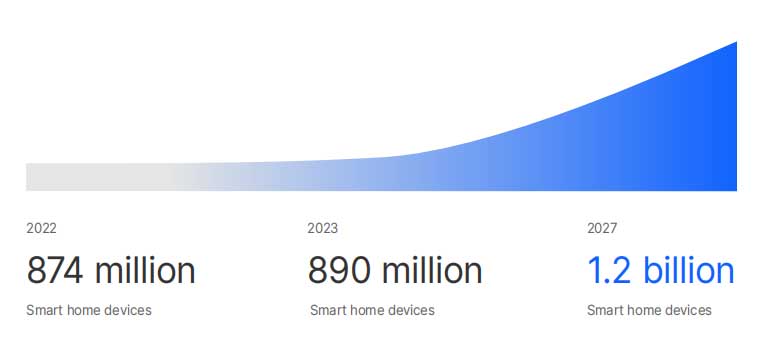
However, there is always a challenge: the incompatibility issues between devices made by various manufacturers. With so many IoT protocols existing with their own pros and cons, different companies choose to adopt different protocols. As a result, the smart home industry is severely fragmented, making it difficult to connect and work with systems and devices from many suppliers and manufacturers. When it comes to end users like you and me, this means that in order to control various devices, our smartphones must install multiple apps. This makes our whole-house IoT control become so complicated and inefficient.
Zigbee Alliance (now Connectivity Standard Alliance) has been working on delivery Matter, an IP-based protocol to smart home market. Matter 1.0 was released in November 2022 with the goal of creating a single, standardized framework that would allow devices, apps, and networking equipment to communicate over Wi-Fi, Thread, and Ethernet. And a year later, Matter 1.2 was released in October 2023, adding support for nine devices, including refrigerators, washing machines, dishwashers, sweeping robots, and smoke alarms, etc.
What is Matter Protocol?
The Wi-Fi Alliance and the CSA are manly promoting Matter. Both organizations collaborate to produce a harmonized standard to enable seamless coexistence and interaction between devices utilizing Wi-Fi and other wireless technologies, regardless of their underlying technology. We have a detail article talking about what is Matter protocol, welcome to read.
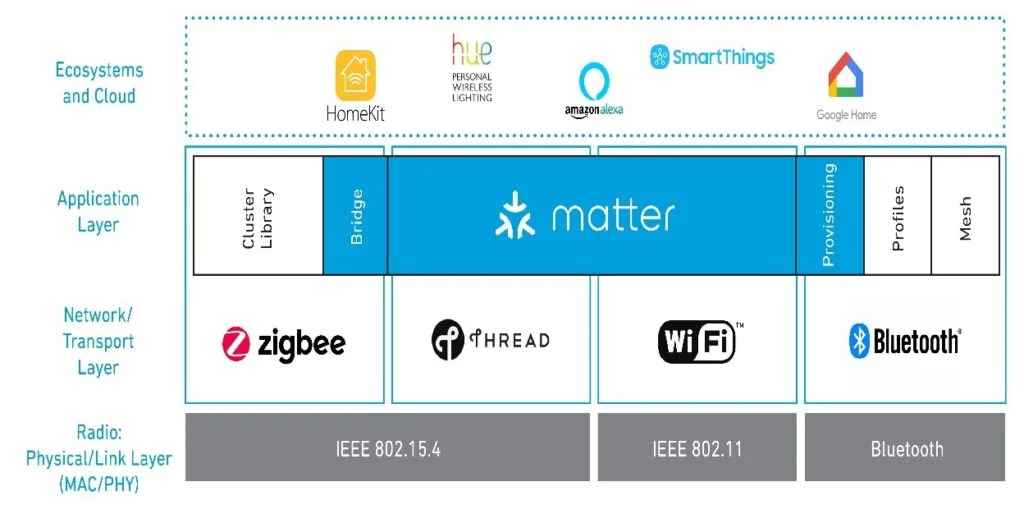
Things need to mention is that Matter was created especially for the Internet of Things (IoT), which has low processing overhead needs and little computational power needed for devices (less than 128kB of RAM and less than 1 MB of flash memory are needed for memory).
Explore: What is IoT SoC?
Matter Network Topology & Device Roles
Matter standard define a local home network architecture stereotype along with corresponding roles for various nodes and devices. These include:
Matter End Devices
IoT end-devices categorized into different pre-established groups.
Matter Commissioners
Devices that can onboard or commission new devices over BLE (Matter protocol is based on Wi-Fi, Ethernet, and Thread network layers for data transport plus BLE for onboarding of new devices.). Typically, this process is assisted by some devices like a smart phone.
Matter Controllers
Matter controllers are devices acting as a central point for one or more Matter fabric ( a closed society made up of authorized devices that can interact with one another). Controllers usually perform functions of controlling onboarded devices. A Matter controller can be a smartphone or a smart gateway with more sophisticated features.
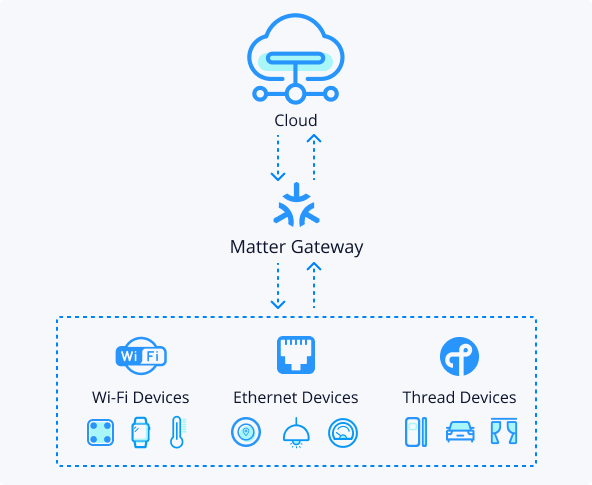
Thread Border Routers
Thread Boarder Routers, as their name suggests, connects a Thread network to other Wi-Fi networks by translating Thread networking protocol messages into standard IPv6 messages that can be transmitted over Wi-Fi networks, and ensure that data is correctly sent and received.
Matter Bridges
For many users and smart home device developers, integrating current legacy devices into a Matter network will be an important consideration. After all, Matter is so very fresh. Some households still require additional devices in order to link their new, proprietary gadgets or their older, existing equipment to Matter fabric. A Matter bridges will work to connect devices using other legacy or proprietary IoT protocols including Zigbee, LoRa, and Z-Wave, to Matter controllers and fabric.
Find out more about Zigbee Matter Bridge.
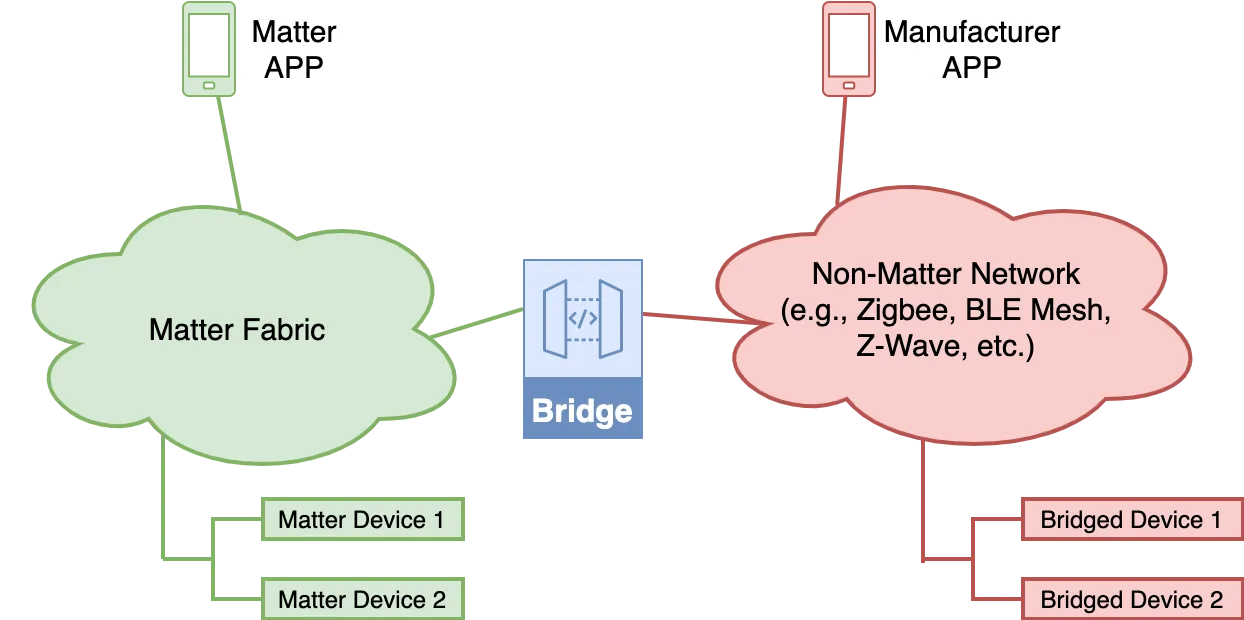
Matter over WiFi
Matter supports Wi-Fi and Matter can run above certified Wi-Fi device. This is important as Wi-Fi is one the most popular choice as measured by the number of smart home devices deployed. In most cases Wi-Fi forms the main IP network backbone for hundreds of millions of homes across the globe, connecting both IoT devices and compute/entertainment-oriented products. Additionally, most Cloud-delivered services in the home will transit via Wi-Fi.
Matter’s compatibility with Wi-Fi allows for widespread adoption and integration of smart home devices, leveraging the existing Wi-Fi infrastructure in homes and enabling the communication between devices and cloud services, like smart home gateways with WiFi capabilities.
Matter over Legacy Devices (Zigbee, Z-Wave and Others)
Many smart home devices available today use connectivity methods other than those covered by the Matter standard. These include included Zigbee, Z-Wave, Bluetooth, LoRaWAN, as well as wired Ethernet and USB connections. Among them, Zigbee and Z-Wave are the two most heavily used home automation protocols. Therefore, support for legacy Zigbee and Z-Wave devices is especially important, given the fact that there are millions of Zigbee and Z-Wave devices installed worldwide.
It’s hard for those businesses to abandon their effort in developing excellent products and ecosystems, and for users to rebuy a group of Matter devices. On the other hand, it is necessary to think about smoothing the transition and boundaries between legacy devices, any relevant hubs and smartphone apps, and a new Matter network and controllers.
With the bridging option, users can use Matter bridges to indirectly integrate their current smart home devices into a Matter fabric. As the network grows or is updated, they can then progressively transition to a fully compliant Matter network.
Utilizing Matter Bridges in conjunction with suitable multi-protocol software platforms may be a crucial strategy for integrating legacy equipment into current smart home networks. To abstract any underlying difficulties from connecting Matter and non-Matter environments, these bridges may contain developer-facing APIs. Before considering support for legacy devices, some may be more concerned with getting their Matter controllers into the market or selling new devices with Matter functionality.
When evaluating various Matter solutions, keep in mind that Dusun IoT is a professional IoT hardware ODM service provider. We welcome you to make an inquiry on custom Matter devices.
Final Word
In conclusion, Matter protocol represents a significant milestone in the evolution of the smart home ecosystem. Matter’s interoperability makes it possible for users to connect and control a wide variety of devices made by many manufacturers with ease, giving them a more cohesive and efficient experience. Adopting the Matter protocol is becoming more and more crucial for developers who want to provide innovative, user-focused, and interoperable smart home solutions as the smart home market expands.
If you’re interested in developing Matter devices and exploring the vast opportunities this new standard offers, our company is here to assist you every step of the way. We have a dedicated team of experts experienced in Zigbee and Matter development and can provide guidance on device integration, certification processes, and performance optimization. Our dedication lies in assisting you in realizing the complete potential of this innovative protocol, be it in designing and developing new Matter-enabled products or in converting your current equipment to support Matter. Don’t hesitate to reach out to us and start a conversation about how we can collaborate on developing innovative and future-proof Matter devices together.









